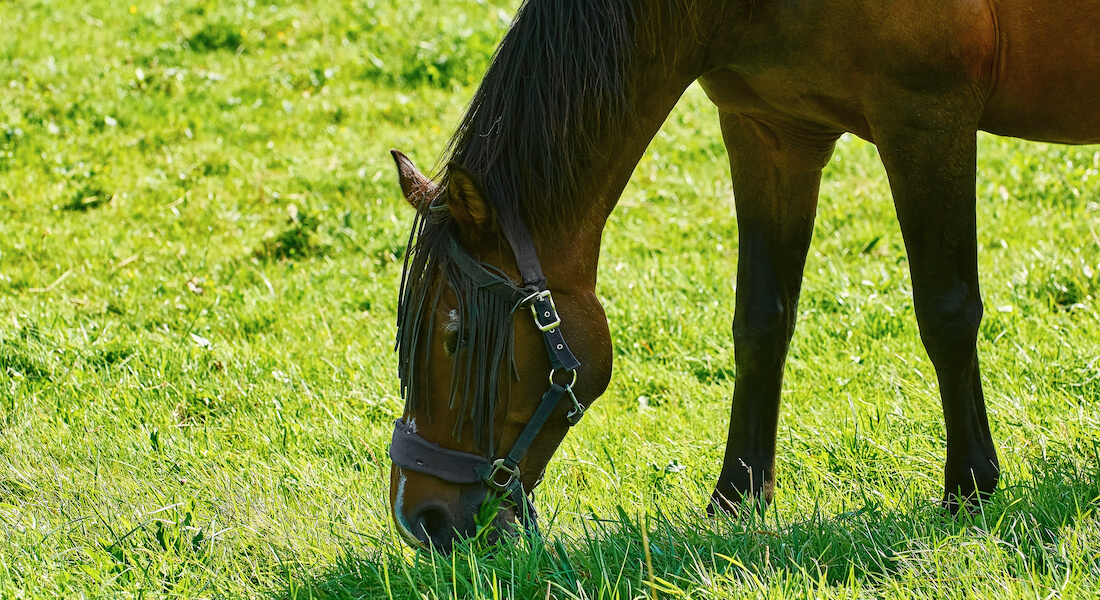Insect-repelling behaviour in horses in relation to insect prevalence and access to shelters

By JW Christensen, CG Strøm, K Nicová, CL de Gaillard, P Sandøe & H Skovgård (2022)
Applied Animal Behaviour Science. Elsevier
Abstract
Pasture access is key to horse welfare, but during summer biting insects can cause discomfort and lead to health issues related to transmission of diseases and allergies. To measure the level of discomfort and whether access to shelters or other indoor areas may help prevent biting insect nuisance, we studied 39 horses: n = 21 with free indoor access (five groups) and n = 18 without indoor access (four groups) and recorded horse position (e.g., inside or outside), insect-repelling behaviour (e.g., tail swishing and head tossing), faeces cortisol metabolites, weather conditions, and insect prevalence through trap catches (e.g., tabanids which are known to attack horses). Data were collected one day per week per group for eight weeks during midsummer. Tail swishing (mean occurrence: 29.4 ± 1.1 per min) and skin shivering (mean occurrence: 13.8 ± 0.6 per min) were the most frequently recorded behaviours. The total frequency of insect-repelling behaviour was affected by treatment (indoor access vs. no access) and tabanid trap catches in interaction (F1281 = 8.08, P = 0.005), as more repelling behaviour was shown by horses without indoor access with increasing tabanid prevalence. Horses with indoor access were inside on 69% of recordings on days with a high tabanid prevalence vs. 14% on days with low tabanid prevalence. Concentrations of faeces cortisol metabolites did not differ between days with low vs. high tabanid prevalence. The following year, we conducted a small follow-up study on 13 horses (6 with free indoor access and 7 without) and recorded behaviour and saliva cortisol on four selected summer days with either low or high insect prevalence (2 ‘low’ and 2 ‘high’ days). On ‘high’ insect days, saliva cortisol increased significantly in horses without indoor access, suggesting that biting insect nuisance is reflected in saliva cortisol concentra- tions. We conclude that free access to shelters or other indoor areas during summer reduce nuisance by biting insects and thereby can improve horse welfare.
Insect-repelling behaviour in horses in relation to insect prevalence and access to shelters (URL)
